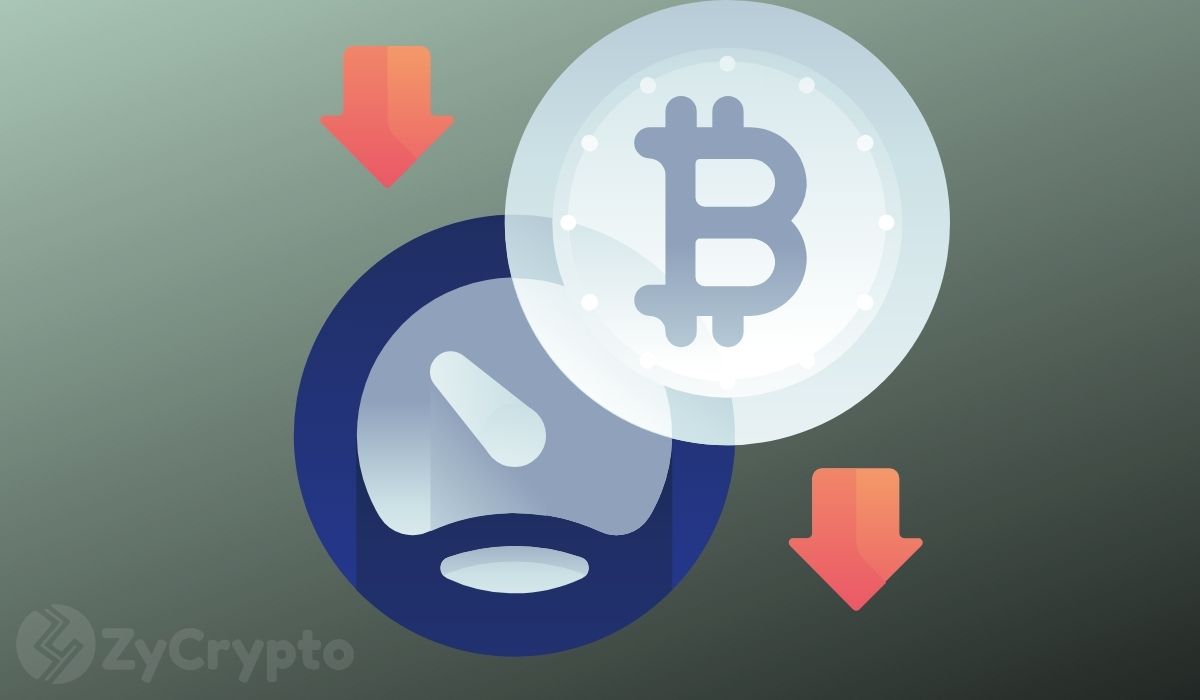2020-4-20 15:58 |
While Bitcoin halving is still just over 20 days away, its fork Bitcoin Cash (BCH) already underwent its scheduled network halving last week.
A pre-set inflation adjustment, halving results in a 50% reduction in the new issuance supply of the tokens. Following BCH’s halving, both the hash rate and price of the asset declined substantially.
The week of its halving, BCH had the largest price decline among the large-cap cryptocurrencies, losing 9.5% of its value last week. In comparison, the top two digital assets, Bitcoin and Ethereum saw modest declines of 6% and 2% respectively during the same period.
At the time of writing, while BTC is trading at $7,180, down 2.23% YTD, BCH is trading at $239, up 4.40% YTD and its fork BSV is up 106% YTD $197, however, both BCH and BSV have much lower volume than BTC that makes it easy to manipulate.
It’s block production also got hit hard, with Jameson Lopp, co-founder, and CTO of Casa noting:
The BCH halving has not been kind to its block production; it appears that its custom difficulty adjustment algorithm is being gamed more than ever. Now the network is ping ponging between producing 1 block an hour and producing 1 block every 2 minutes. https://t.co/zPw5udRhQz pic.twitter.com/n11Qyir4Qk
— Jameson Lopp (@lopp) April 12, 2020
As for its hash rate, following the halving of BCH, the network hash rate declined considerably as miners reduced resources dedicated to its mining. Prior to the halving, the hash rate was hovering around 4,000 PH/s only to tumble down to 800 PH/s before rising to about 1,900 PH/s.
#Bitcoin is eating the competition alive.
Bitcoin Cash (BCH) and BSV had their halvings last week. Their Hash Rates are down -48% and -52% respectively, totaling -3.3EH/s.
In the same time, Bitcoin's Hash Rate is up +4.4EH/s.https://t.co/db1Y1pzXVN
— Charles Edwards (@caprioleio) April 14, 2020
BCH mining profitability over timeAfter the halving, the mining rewards declined by half but while this block reward reaction increases the scarcity of the asset, it can also negatively impact the miners because of their revenue decline inline with reduced new supply.
While BCH price crashed after the March sell-off, down 95% from its all-time high, leading into the halving, the network hash rate remained near highs further affecting the profitability of miners negatively. TokenBlock noted,
“The network hash rate is closely related to miners’ profit margins. The hash rate increases as the number of resources, in aggregate, committed to securing the network through mining activities rises.
As resources dedicated to mining rise over time, efficiency gains and/or mining costs rise. As such, in order to maintain healthy profit margins for miners, a rising hash rate is typically needed to correspond with a rising asset price.”
However, the price of BCH has been under pressure over the past few weeks, as has been the broad crypto market and global financial markets because of COVID-19.
As per TradeBlock’s mining profitability estimates, had BCH miners not reduced their hash power drastically, they would have been operating at significantly negative profit margins following the halving.
Source: TradeBlockBut now that the network hash rate has declined considerably as miners either shut down or re-allocate their resources to other networks like bitcoin, mining breakeven is near similar levels seen last month, ~$200-250 per BCH.
With BCH price still below $200, Bitcoin Cash miners are now operating at a loss.
Bitcoin Cash (BCH) Live Price 1 BCH/USD =$234.1128 change ~ -2.04%Coin Market Cap
$4.3 Billion24 Hour Volume
$167.97 Million24 Hour VWAP
$23524 Hour Change
$-4.7847 var single_widget_subscription = single_widget_subscription || []; single_widget_subscription.push("5~CCCAGG~BCH~USD"); origin »Bitcoin (BTC) на Currencies.ru
|
|










